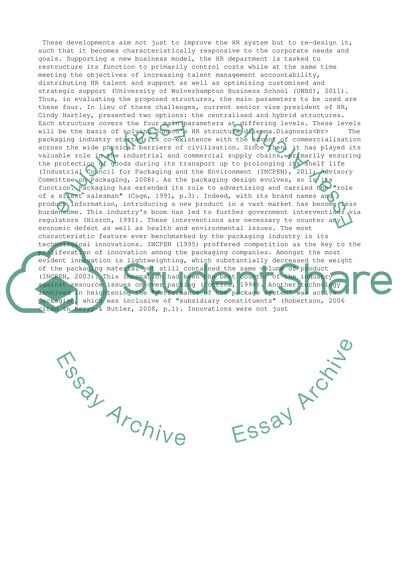Cite this document
(“The Pros and Cons of Centralised and Hybrid Structures Essay”, n.d.)
Retrieved from https://studentshare.org/management/1394174-the-pros-and-cons-of-centralised-and-hybrid-structures
Retrieved from https://studentshare.org/management/1394174-the-pros-and-cons-of-centralised-and-hybrid-structures
(The Pros and Cons of Centralised and Hybrid Structures Essay)
https://studentshare.org/management/1394174-the-pros-and-cons-of-centralised-and-hybrid-structures.
https://studentshare.org/management/1394174-the-pros-and-cons-of-centralised-and-hybrid-structures.
“The Pros and Cons of Centralised and Hybrid Structures Essay”, n.d. https://studentshare.org/management/1394174-the-pros-and-cons-of-centralised-and-hybrid-structures.


